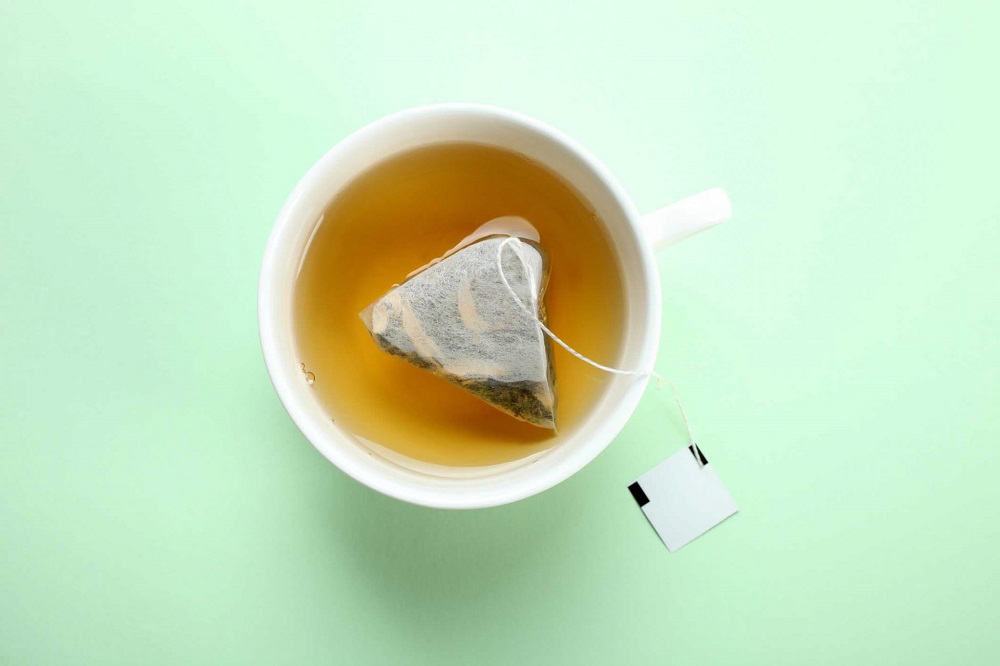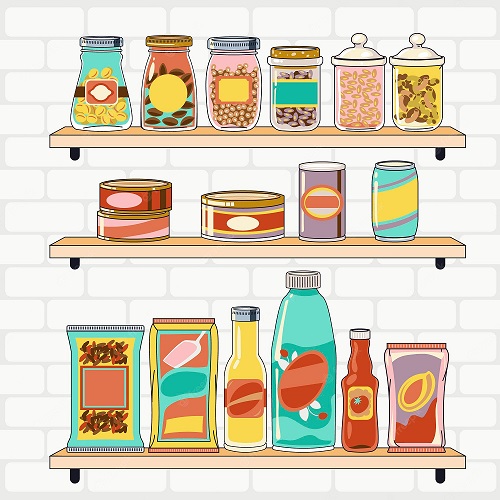As the weather cools, one of life’s simple luxuries is to take time for a quiet moment of respite and enjoy a soothing cup of hot tea. Coffee is no doubt the first choice for many, but tea spruces many health benefits that have been cherished for thousands of years. From weight loss to being high in antioxidants, tea traditionally has less caffeine than coffee which makes it a better all-round choice.
In Australia, no doubt our favourite cuppa is a black tea, but with so many other options to choose from, there is something to please all individual tastes. Let’s explore the different types of teas.
Benefits of Tea and Varieties to Try This Winter
White Tea
White tea is the least oxidized leaves of all the tea types, (therefore referred to as the healthiest) and is said to be the closest thing to a fresh tea leaf that most of us in the Western hemisphere will see.
With a lighter taste and colour, white tea has up to 20% catechins, which is a super potent antioxidant and helps prevent cell damage. Having around 15-20 mg of caffeine, compared to black teas 50mg, makes white tea a great choice pre-slumber.
Green Tea
Green tea finds the middle ground between white and black teas when it comes to how much its leaves are oxidized. Again, high in catechins (in particular EGCG), multiple studies show green tea drinkers have a lower risk of various types of cancers.
If fresh breath is important to you, green tea has also been shown to suppress the formation of plaque on teeth which is good news to anyone that wishes to prolong their visits to the dentist.
With less caffeine than coffee, green tea gives you a milder buzz than the later but the amino acid L-theanine works to improve brain function. For the best flavour only steep your green tea at 70 degrees or you will scorch the tea leaves.
Black Tea
Water aside, black tea is said to be one of the most consumed drinks in the world. Stronger in flavour than other teas, it also takes the prize for the most caffeine and is often blended to make other flavours such as fruit teas, chai, earl grey or English breakfast.
Black tea is well known for its abilities to banish fatigue, stimulate mental alertness, and raise energy levels. It has been shown to, as most teas do, improve gut bacteria by helping repair the lining of the digestive system with thanks to polyphenols.
Rooibos
One of my favourites, Rooibos is 100% naturally caffeine-free herb indigenous to South Africa and not related to green or black teas.
Low in tannins, which interferes with the absorption of certain nutrients (and is present in black and green tea), Rooibos is also high in flavonoids which helps relieve stomach and digestive discomfort.
Smoother with natural sweetness Rooibos has a slightly nutty taste and when brewed for 5-7 minutes is utterly delightful with a splash of fresh milk.
Herbal Teas
Apart from Rooibos, herbal tea is the term used for any tea that doesn’t actually contain tea plant leaves. Common varieties such as mint leaves, such as peppermint, spearmint, chamomile, which is a flowering plant in the daisy family and ginger teas are 100% naturally caffeine-free and traditional herbal remedies for ailments such as digestion.
Used in winter, these drinks can satisfy a sweet- tooth or used as alternatives to coffee when trying to reduce caffeine intake.
Spoilt for choice, the pinnacle of optimal tasting tea has to come from loose leaves, rather than teabags. Teabags tend to contain lower–quality broken leaves & tea “dust”, whereas loose teas use the whole leaf. Also consider whether your tea is grown organically or uses a bleach residue, which often resides on the tea ‘bag’, to perfect the art of finding your perfect tasting cuppa tea.






